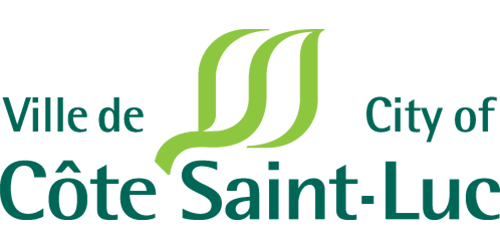Poison ivy, giant hogweed, ragweed, and buckthorn are four very invasive species, some of which lead to adverse health effects for those who encounter them. It is essential to identify, avoid, report, and safely remove them from your property.
On this page:
Poison ivy
Description
Poison ivy is a vine that contains urushiol resin, known for causing intense rashes, as the plant’s sap is so potent that only a billionth of a gram it is needed to cause skin irritation. It grows notably around the borders of woods, clearings, and roadsides, in bunches of three leaves that can form bushes or cling to surfaces because of the plant’s adaptability. Since poison ivy is difficult to distinguish, as a rule of thumb, stay away from any three-leaved plants you do not recognize.
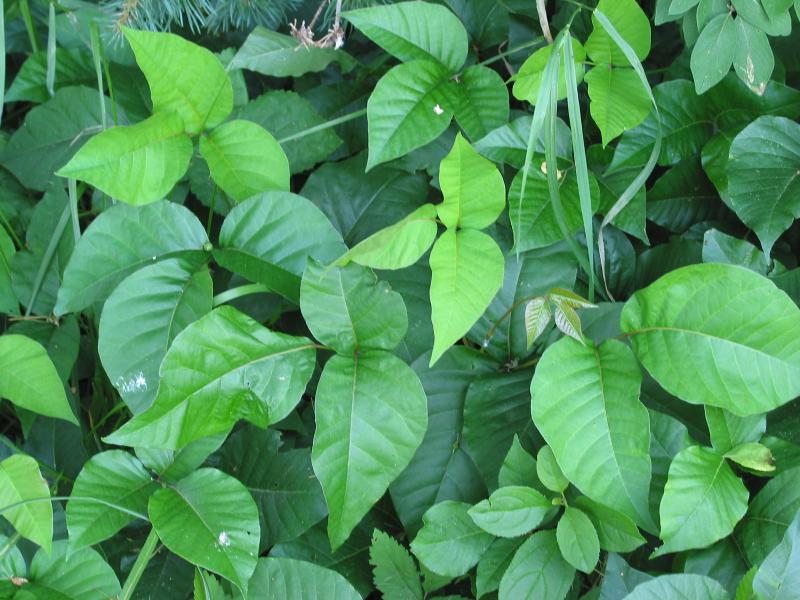
Image by Escalupio from Wikimedia Commons
Key identifiers
- Leaves of three
- White berries
- Vine-like growth, in clusters, bushes or alone
- Very adaptable, grows anywhere, though usually along the borders of woods
Health effects and treatment
Contact with urushiol resin, contained in every part of the plant, results in rashes that appear 24 to 48 hours after initial contact. Wash off any area you believe encountered the plant with cold water and soap to prevent the infection from spreading (though this might not stop the reaction from occurring). The reaction’s intensity varies based on the affected person’s sensitivity to the resin. See your doctor for treatment. The resulting skin irritation usually disappears within seven to fifteen days.
Inhaling smoke from the burning plant will cause potentially fatal rashes inside the lungs and ingesting it will damage the digestive tract. Call emergency services (911) and poison control (1 800 463-5060) if this happens.
Reporting and removing
If you find poison ivy on public property, report it immediately to [email protected].
When handling or coming into close contact with poison ivy, always wear protective clothing, including gloves. Wash this clothing appropriately, as urushiol oil clings to surfaces and remains dangerous for up to 5 years.
When removing plant from your property, make sure you dig up and remove the roots and stems. The plant also regenerates from plant fragments, so frequently rework the soil to prevent this from happening. Also, remove dead plant material from the ground since fallen seeds are difficult to detect. Some herbicides are effective but ensure they comply with Health Canada and Côte Saint-Luc regulations before using one. Do not burn poison ivy under any circumstance. Do not dispose of poison ivy in the brown bin, use the black bin instead.
For more information: canada.ca/en/health-canada/services/home-garden-safety/poison-ivy.html#shr-pg0
Giant hogweed
Description
Giant hogweed is an invasive species of plant that grows up to 5.5m tall, outcompeting indigenous species. Originally an ornamental plant from Asia, it is easily identifiable by its white flower clusters and thick stem. Its sap is dangerous and causes painful burns.

Image by Bill Kasman from Pixabay
Key identifiers
- White flower clusters
- Imposing size
- Thick stem
Health effects and treatment
Giant hogweed sap can cause phytophotodermatitis. The toxins present in the sap make your skin sensitive to UV light leading to first, second or third-degree burns when UV rays meet affected skin. The reaction is noticeable within the first fifteen minutes. Painful blisters can appear within the first two days, while the scars and photosensitivity may last for years.
Immediately wash off the affected area. Call the anti-poison centre and consult your doctor for treatment. Wear protective clothing during the first few days to block sunlight. Regular long-sleeve shirts usually aren’t enough to prevent UV rays from reaching the skin.
Reporting and removing
If you believe you have found giant hogweed on public property, report it immediately to [email protected].
For more information: quebec.ca/en/homes-and-housing/healthy-living-environment/identifying-and-getting-rid-of-giant-hogweed
Ragweed
Description
When it blooms in mid-July, ragweed produces pollen and is responsible for seasonal allergies that affect a million Quebecers each year. Ragweed grows up to 2m in height. Its leaves are ragged and resemble those of carrots.
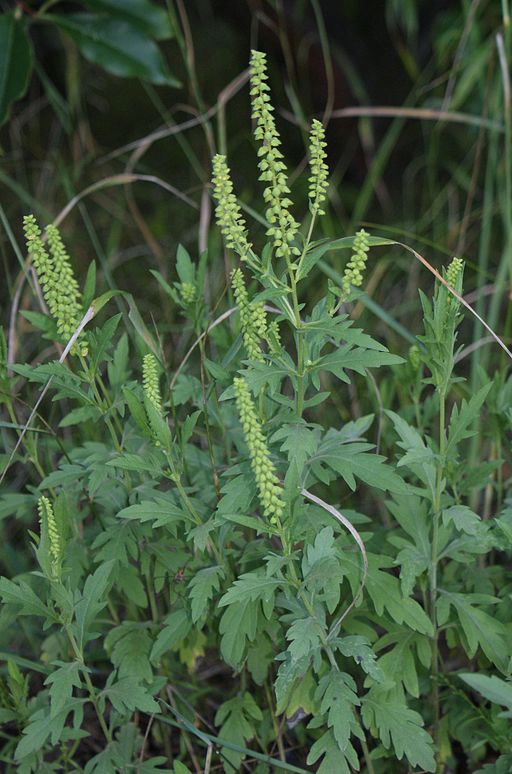
Image by Krzysztof Ziarnek Kenraiz from Wikimedia Commons
Key identifiers
- Spikes containing clusters of small flowers release the pollen in mid-July
- Ragged, spine-like leaves resembling those of carrots
- Grows anywhere, usually up to leg height for common ragweed
- Thrives where soil quality is poor
Removal
Remove ragweed as soon as you spot it by pulling it by hand or uprooting it with gardening tools. Mowing it twice per year, in mid-July and mid-August, also slows its spread. Instead of throwing the pulled or mowed plants into the compost, throw them into a garbage bin to not contaminate the composting site.
It is difficult for ragweed to grown on healthy lawns. To prevent ragweed from growing in the first place, improve soil quality with compost or fertilizer. You can also plant different types of vegetation.
For more information: quebec.ca/en/homes-and-housing/healthy-living-environment/identifying-and-limiting-the-presence-of-ragweed
Buckthorn
Description
Buckthorn is a woody bush-like plant that grows up to 7m tall. Originally from Europe, it is an invasive species that reduces biodiversity wherever it goes, killing off and out-competing indigenous plant species. Buckthorn has virtually no predators: butterflies, bees, birds, and insects cannot eat the invasive plant. Its berries are laxative, aiding the spread of its seeds while causing small birds to perish. The soil under buckthorn is also high in nitrogen, causing invasive weedy species to grow close to it.
Reporting and removing buckthorn are priorities, and residents are encouraged to take part in the effort to preserve biodiversity. While buckthorn does not have many distinctive features, it can be identified as a tall shrub with wax-textured leaves arranged alternately and with an orange wood underneath a flaky bark. In late autumn, buckthorn is one of the rare plants whose leaves remain green.
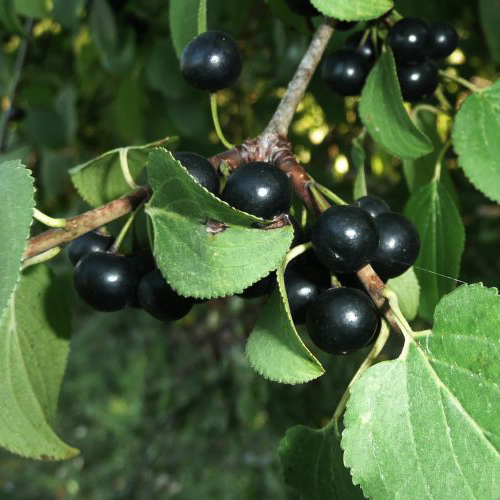
Image source: Invasive Species Centre
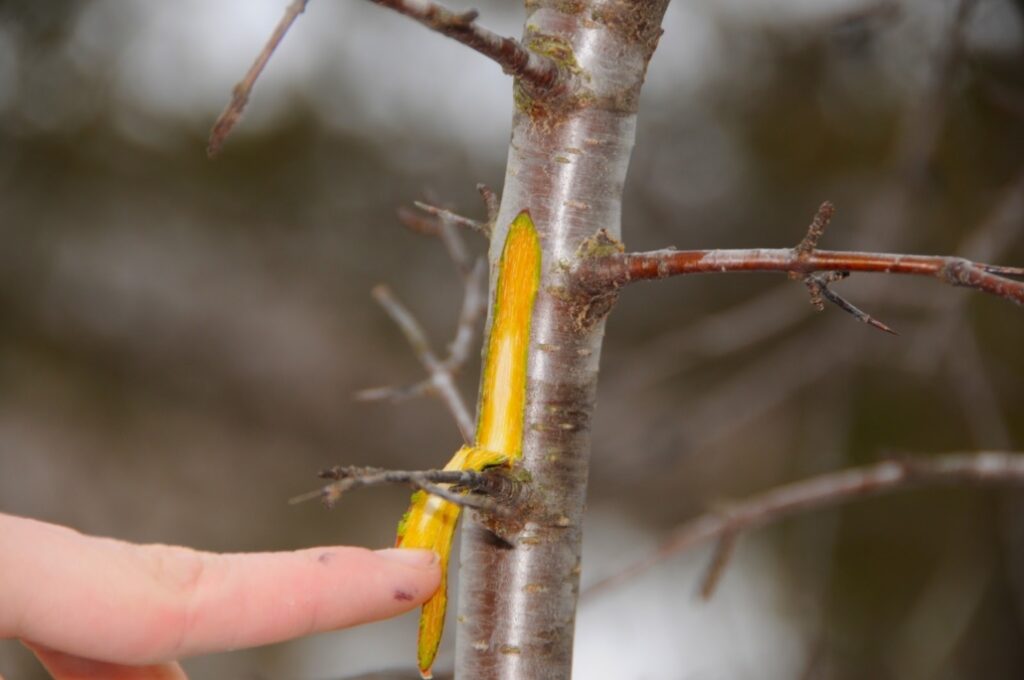
Image source: Invasive Species Centre
Key identifiers
- It appears as a bush or shrub
- Black berries
- Wax-textured leaves
- Leaves alternate
- Orange cambium (wood) underneath the bark
- Flaky bark
Reporting and removing
If you identify buckthorn on public property, please report it to [email protected].
Any gardening tools will easily remove buckthorn earlier in its development, as the roots do not become deep early on. However, for larger plants, you will need a weed wrench or to use more unconventional methods. Following removal, make sure seedlings do not take root. Some herbicides are effective but ensure they comply with Health Canada and Côte Saint-Luc regulations and to obtain a permit if necessary before using one. Replace the buckthorn with new vegetation.
For more information: ontario.ca/page/common-buckthorn.
